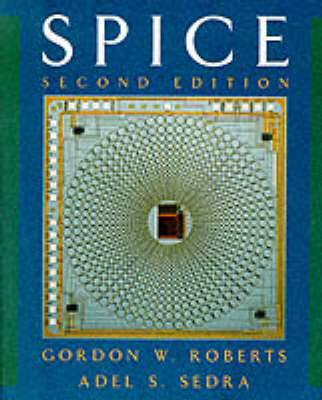Today, most, if not at all, microelectronic circuit design is carried out with the aid of a computer-aided circuit analysis program such as SPICE. SPICE, an acronym for Simulation Program with Integrated Circuit Emphasis, is considered by many to be the de-facto industrial standard for computer-aided circuit analysis for microelectronic circuits, mainly because it is used by the majority of IC designers in North America today. It is reasonable to say that to
master electronic circuit design, one must also develop a fair amount of expertise in a circuit analysis program such as SPICE. It is therefore our aim in this text to describe how SPICE is used to analyse microelectronic circuits, and more importantly, outline how SPICE is used in the process of design
itself.
There is a tendency for new designers of electronic circuits to be overwhelmed by the analysis capability of a circuit analysis program such as SPICE, and ignore the thought-process provided by a hand analysis using simple models for the transistors. Experience has shown that this generally leads to poor designs because most of the design effort is spent blindly searching for ways to improve the design using a brute-foce hit-and-miss approach. It is our intention in this book to avoid this
pitfall and teach the reader what not to do with SPICE. This is accomplished by keying each example of this text to those presented in Microelectronic Circuits, Third Edition, by Sedra and Smith, where a complete hand analysis is provided. In this way, the insight provided by a hand analysis is readily
available to our readers. All examples in this text are also available on-line via the world-wide-web site http://www.macs.ee.mcgill.ca/~roberts/.
- ISBN10 0195108426
- ISBN13 9780195108422
- Publish Date 21 November 1996
- Publish Status Active
- Publish Country US
- Imprint Oxford University Press Inc
- Edition 2nd Revised edition
- Format Paperback
- Pages 460
- Language English
